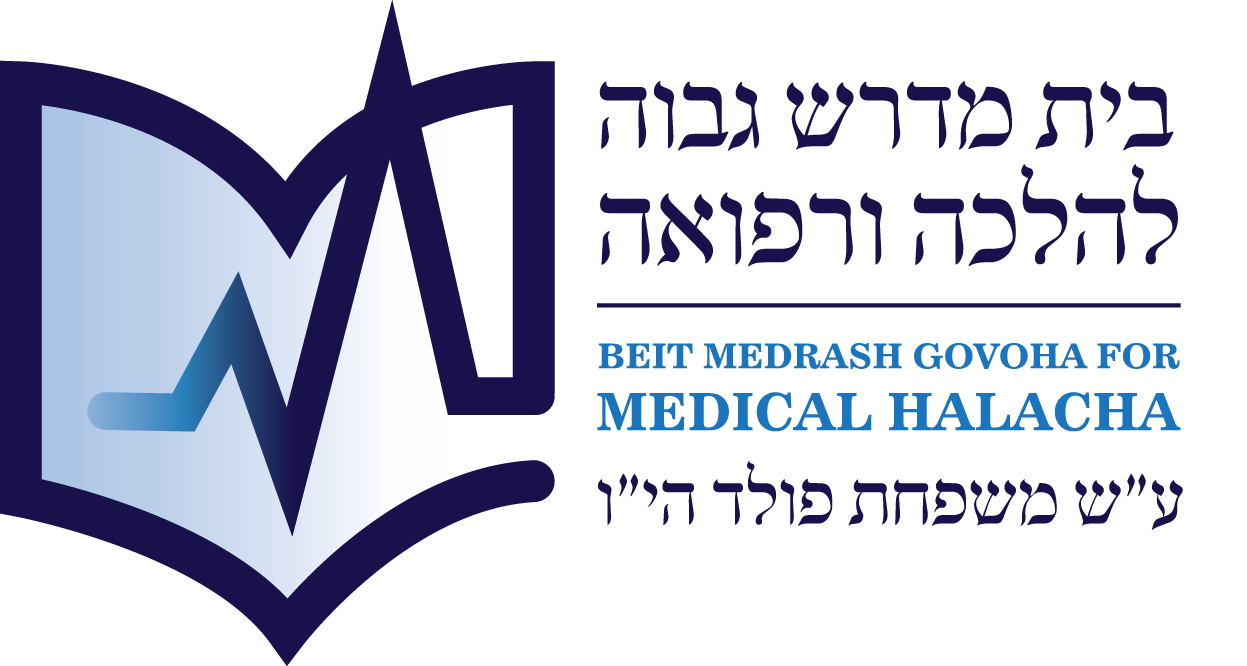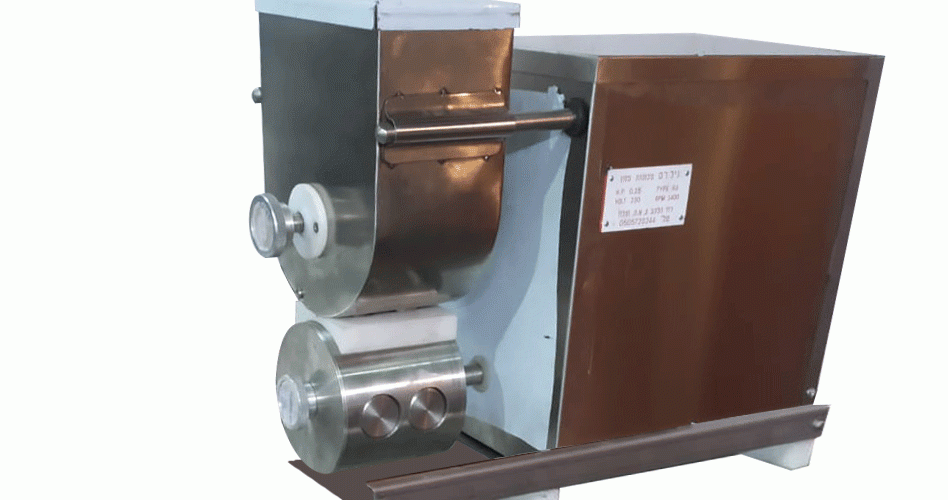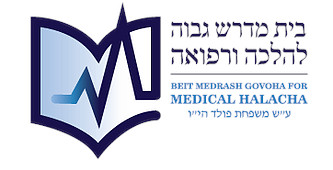Thousands of patient meals are prepared daily in the kitchens of the Shaare Zedek Medical Center. All food preparation is conducted according to the highest Kashrus standards. Aside from ensuring the kosher status of the ingredients, great attention is paid to the cooking and preparation of the food. This includes strict adherence to the laws of Bishul Yisrael according to all Halachic opinions (see Yoreh De’ah 113).
There is an important difference between Ashkenazim and Sephardim in the Halachos of Bishul Akum. While Ashkenazim consider it sufficient for a Jew to light the flame, even if the actual cooking is performed by a non-Jew, Sephardim are more stringent and require that the Jew place the food on the fire. At Shaare Zedek, they adhere to Bishul Yisrael per all opinions; therefore, it is a Jew who places the food on the fire.
An interesting question has arisen concerning machines used for cooking or frying patties. The mixture is placed into the machine, which shapes it into patties, and drops them into sauce or oil. This type of machine is more commonly used to fry falafel, but in institutional kitchens, it is also used for meat patties.
The person operating the machine fills the pot with sauce or oil, activates the machine, and pushes the mixture into its container. The patties are then moved into the pot by the machine. The question arises: Is it necessary for the person inserting the patties to be a Jew?
There is an additional question that must be addressed regarding falafel: Is it a food that would be served “at a king’s table” (“Oleh Al Shulchan Melachim”)? This is important because food that does not meet this criterion is exempt from the prohibition of Bishul Akum. Rabbi Yitzchak Yaakov Fuchs Shlit”a[1] argues that falafel is not Oleh Al Shulchan Melachim. R’ Yaakov Aharon Skoczylas (Ohel Ya’akov – Hilchos Ma’achalei Aku”m v’haMista’ef) concurs in the name of R’ Avigdor Nebenzahl Shlit”a,.
However, the Or l’Tzion[2] (Vol. 5, Chapter 32, p257), maintains that since Oleh Al Shulchan Melachim is what is currently served at the tables of ministers and dignitaries – and nowadays even dignitaries eat the same foods as ordinary people and do not refrain from simple foods – falafel is subject to Bishul Akum. This was also the view of R’ Ovadia Yosef zt”l. The question remains entirely relevant regarding meat, poultry, and fish patties, which are certainly considered Oleh Al Shulchan Melachim.
The core issue is that a machine, rather than a person, puts the food into the pot. Nevertheless, the consensus is that when a person initiates the operation of a machine, the resulting action is considered the person’s action. This principle is applied to operating a tractor during Shemita by the Chazon Ish (Shevi’is 27). Even without ongoing human effort, the act is still entirely attributed to the person.
The same principle would apply in our case. Even though the machine performs the final stage of placing the food into the pot, its action should still be considered that of the person who operated it. However, two actions are involved: Activating the machine and inserting the meat. Presumably, even if a Jew activates the machine, this would not be sufficient. Although the patties are placed in the pot by the machine, nothing will happen if no meat has been inserted. Therefore, the person who inserts the meat initiates the final stage of the cooking process – and, according to the Beis Yosef, that person must specifically be a Jew.
This principle is delineated by R’ Nissim Karelitz zt”l[3] (Chut Shani, Yoreh De’ah p103):
Question: Regarding a conveyor belt that transports food into an oven: If a Jew lights the oven and switches on the conveyor belt, but a non-Jew places the food onto the belt, who is considered the “Mevashel”?
Answer: It is clear that the one who performs the final act [in] the cooking process is considered the Mevashel. If the Jew lights the oven and switches on the conveyor belt, but the food is not yet on the belt, the person who later places the food on it is the Mevashel. And vice versa: if the belt is not operating, the Jew places the food on it, and the non-Jew activates the electricity so that the food enters the oven, the non-Jew is considered the Mevashel. Even if we say that the movement of the belt into the oven is considered a Grama and not a direct action, regarding Bishul Akum, it is clear that whoever initiates the process is considered the Mevashel.
There may be room to consider certain leniencies related to the fact that the non-Jew is employed in a Jewish institution, particularly in a public kitchen like those found in hotels and restaurants. Nevertheless, in a kitchen that adheres meticulously to the highest Kashrus, care should be taken to ensure that the person who inserts the mixture into the patty-making machine and pushes it into the pot is a Jew.
[1] R’ Fuchs shlit”a is the author of Tefila k’Hilchasa, Halichos Bas Yisrael, and haKashrus as well as other Sifrei Halacha.
[2] R’ Bentzion Abba Shaul zt”l (1924-1998), Rosh Yeshiva of Yeshivat Porat Yosef from 1983 until his passing in 1998.
[3] R’ Shmaryahu Yosef Nissim Karelitz zt”l (1926-2019) was a nephew of the Chazon Ish. He was the Ga’avad of the Bnei Brak Beis Din, Rosh Kollel of Kollel Chazon Ish, and a member of the Va’ad Halachaof Ma’ayanei haYeshua hospital.












Add comment